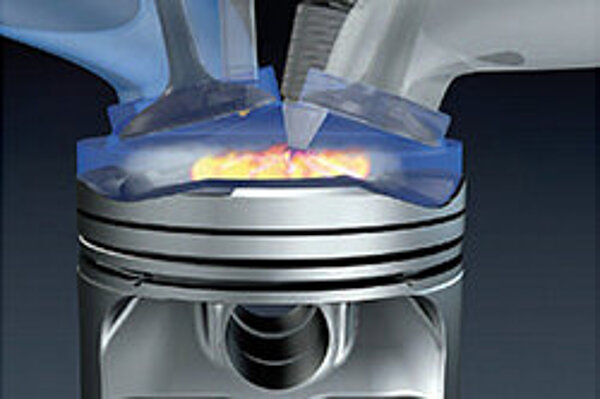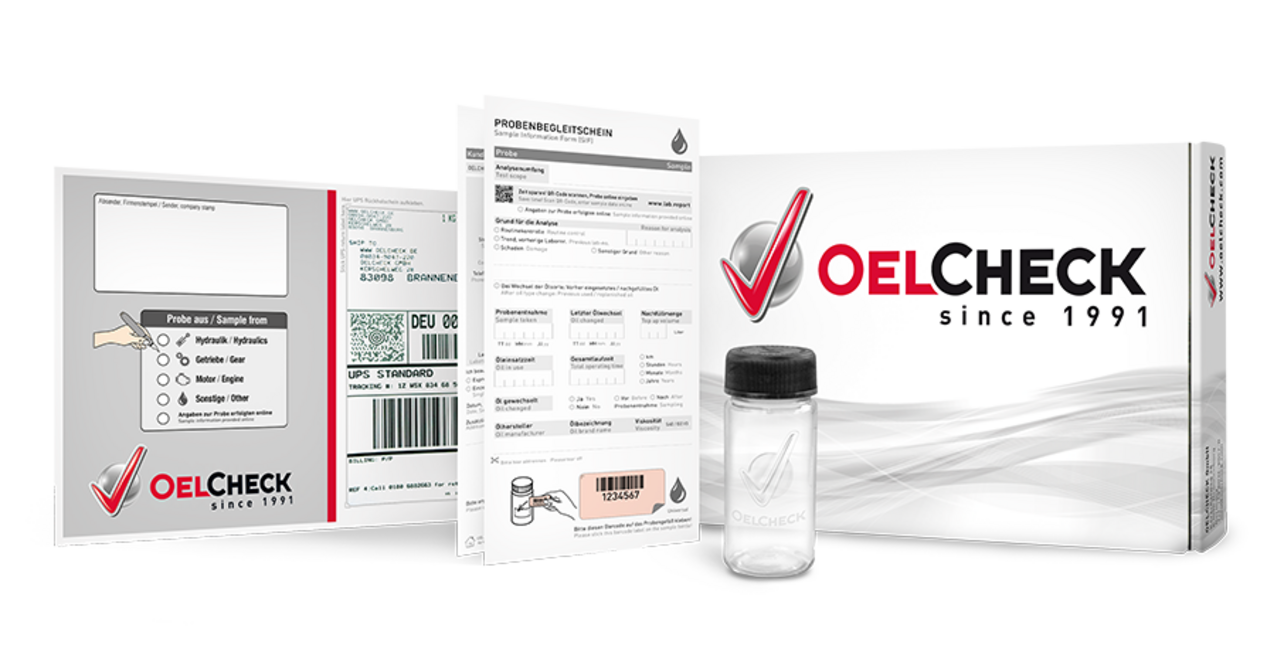Soot index for petrol engines
In the laboratory reports for the engine oils of our petrol engines, a "soot index" has recently been listed under the heading "oil condition".
A soot index with petrol engines - is there a reason for it at all?

OELCHECK answers:
The topic of soot content in motor oil is always linked to black oils from diesel engines. Oils in gasoline engines have become increasingly darker too over the years. However, is it also soot that is making these oils become darker here?
But let us first look at the formation of soot particles and their evaluation in used oils from diesel engines. Soot particles are produced here during diesel combustion and they can also reach the engine oil. On engines with the common-rail-method, the load can become extremely high - especially with very fine soot particles. A soot content of more than 2% in oil increases the viscosity, works abrasively, reduces heat emission, leads to deposits and damages the service life of an engine. The detergents added to all engine oils (additives containing calcium or magnesium) keep the engine clean. It prevents such soot deposits, which originate mainly in the piston ring groove or the outlet valve. The active substances also function as dispersants, keep the particles in suspension and, amongst other things, transport to the filter in which they are retained. But the number of soot particles in the oil increases excessively due to an error in the injection system or by incorrect valve timing - not all additive particles can be kept in check. The anti-redeposition power of the engine oil decreases, the danger of deposits increases. In this case, the viscosity of the engine oil also increases - it thickens. Fail-safe lubrication can no longer be guaranteed particularly during a cold-start. Fuel consumption rises simultaneously.
The soot content in diesel engine oils - for which value limits are stipulated by most motor manufacturers - is determined in accordance with DIN 51452. However, the infrared method of measurement was expressly designed to determine the soot content of diesel engine oils. In this case, the soot content - which is indicated as a percentage - does not, however, directly flag up a change of the additives responsible for motor cleanliness. To do this, the dirt-suspension and dispersion capability is determined with the help of the "dot test". With this test, a drop of engine oil is dripped onto a special filter paper. If the additives still show sufficient dispersing effect, the drops spread evenly under temperature. If obvious rings appear, this is a sign of insufficient anti-redeposition capability or also too much fuel in the oil.
However, not just diesel but also petrol engine oils can be become severely discoloured through soot. The direct fuel injection procedure used (air, spray or wall-led) is responsible for reinforced soot problems - even if at a lower level than that of the diesel combustion engine. Often modern engines are affected which results in soot with much finer particle sizes as with a diesel engine. If problems still occur with the engine control system, the engine oil load increases with black oxidation products, reduced anti-wear additives or with soot from an imperfect combustion in such a way that it can lead to e.g. wear of the camshaft chain.
Although motor manufacturers have still not yet produced a value limit for soot in gasoline engine oil, mainly owing to the fact that soot content in petrol engine exhaust gas shall not become a topical until after 2017, more and more customers ask us to measure the soot content in gasoline engine oils and report them as such in laboratory findings.
We first looked more closely at a large number of different gasoline engine oils used by means of conventional soot measurement. Nevertheless, a quantitative soot measurement, the way it works with diesel engine oils, is not transferable to petrol engine oils. In principle, the soot particles in a petrol engine are considerably less and the overall content is clearly lower. With the FT-IR method, the soot amount can be shown as rounded to 0.1%. Repeatability lies as 10% relative to the mean value. With gasoline engine oils, most values are expected as under 0.1%, i.e. below the precision measurement of the technique. Values over 0.1% are classified as "high". Therefore, the soot determination according to DIN 51452 does not work for petrol engine motors.
Dirt carrying capability is determined via a drop of oil on filter paper being evaluated with a CCD Photometer DT 100, and therefore it seemed reasonable to expand this method so that the proportion of soot in a petrol engine could also be found through the intensity of the black colour of the drop. Today we are able to differentiate the soot contents more precisely at between 0.01% and 0.4%. In addition to infrared spectroscopy, a change due to more or less soot can be determined by the blackness of the oil dot. As reference liquids with exact soot content are not available and also processes such as the TGA (thermogravometric analysis) are too inaccurate at such low levels of soot, for several weeks we have been showing the soot in gasoline engine oils not in % but rather as a soot index in the form of a dimensionless number instead.
The soot index is an "in-house method" by OELCHECK which we have however also defined limits for. E.g. a soot index of >0.3 in waste oils from a petrol engine, according to previous experience, indicates a possible problematic change with the direct injection process. An increased change in combustion temperatures or a change in thermal oil load could also be the cause of more fine soot particles finding their way not only into exhaust gas, but also into the engine oil.
We will refine the changes found in the soot index even more and calibrate them intensely with the help of our customers‘ practical experiences. In this way, we can evaluate possible causes and effects even more individually and in addition comment more specifically on the laboratory findings.



